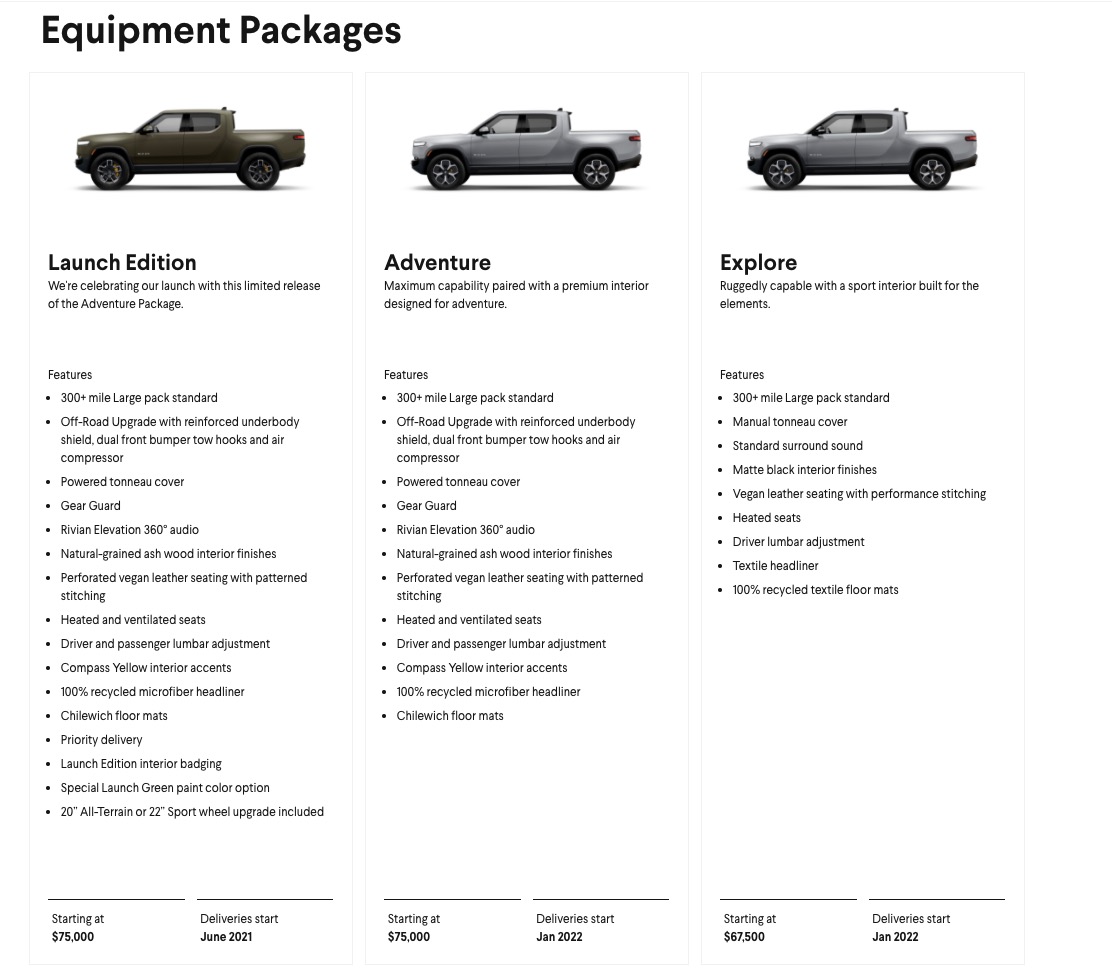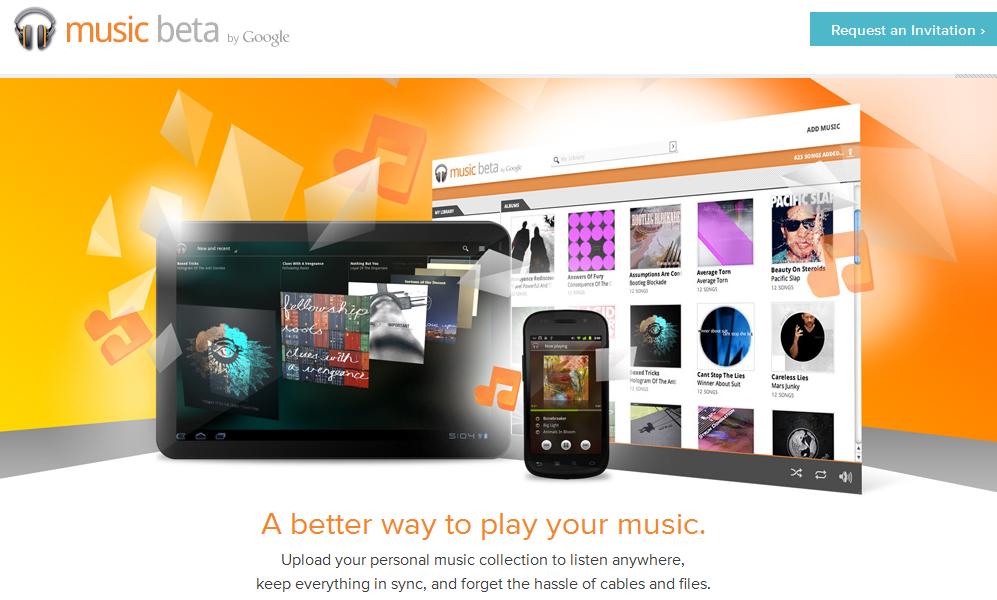News: Railsbank, the Banking-as-a-Service, raises $37M in growth funding
Railsbank, the London-headquartered Banking-as-a-Service platform, has raised $37 million in new growth funding. Leading the round is MiddleGame Ventures and Ventura Capital, which are both existing investors in Railsbank . Also participating is Anthos Capital, Global Brain, Clocktower Technology Ventures, Moneta VC, Mitsui Fudosan and Firestartr. Nigel Verdon, co-founder and CEO of Railsbank, tells me
Railsbank, the London-headquartered Banking-as-a-Service platform, has raised $37 million in new growth funding.
Leading the round is MiddleGame Ventures and Ventura Capital, which are both existing investors in Railsbank . Also participating is Anthos Capital, Global Brain, Clocktower Technology Ventures, Moneta VC, Mitsui Fudosan and Firestartr.
Nigel Verdon, co-founder and CEO of Railsbank, tells me the injection of capital will be used to continue expanding the fintech’s global footprint and for further product development. This will include the launch of “credit cards as a service” in the U.S. and expand its product in APAC, including the Philippines, Indonesia, Malaysia, Australia and Japan. It will also double down on existing markets such as the U.K./Europe.
Verdon isn’t ruling out further M&A activity, either, including other strategic acquisitions following the purchase of Wirecard in the U.K.
Asked what the upside of the Wirecard acquisition was, the Railsbank founder says it helps maintain an orderly market in the U.K. and Europe and helps protect the reputation of the fintech industry. Most immediately, Verdon says it allowed several million card holders to continue to operate their cards, “and customers could remain in business with minimal disruption”.
He also says the acquisition brought “hugely talented and experienced people” from Wirecard to Railsbank, and ultimately added “significant equity value” to the company.
Railsbank positions itself as a “utility” on which other companies — spanning fintech upstarts, challenger brands, to incumbent banks that want to re-factor their tech — can build and sell various financial services or add fintech features to their products.
When the company closed its Series A, Verdon likened it to what Amazon has done for data centres with AWS. “Railsbank is a utility for the complete financial services backend: platform, connectivity, operations, scheme memberships (e.g. Visa), regulation, and compliance,” he told me at the time. More recently — and unsurprisingly given recent fintech trends — Railsbank is also talking itself up as an embedded finance partner.
The pitch is that Railsbank’s APIs are the building blocks for customers “to build pretty much any financial use case they can imagine. The use cases are also diversified, with the top three being lending, banking and savings related, which are embedded into fintech, retail, telco, insurance and other customer journeys,” Verdon says.
To that end, Railsbank’s credit card as a service offering means that any company can offer a branded credit card using the fintech’s infrastructure and tech. “In less than 12 weeks, we deliver a credit card in the customer’s brand along with a user journey seamlessly embedded into the customer’s existing user experience,” explains Verdon.
“Our mission is to reinvent, unbundle and democratise access to the complex, opaque and byzantine 70-year-old credit card market, which is worth $4 trillion in the U.S. alone”.
Meanwhile, Railsbank now employs 200+ people, who between them speak 40+ languages. It has offices in 11 locations: Santa Monica (U.S.), Singapore, Vilnius (Lithuania), Munich (Germany), Newcastle (U.K.), London, Manila (Philippines), Kuala Lumpur (Malaysia), Melbourne (Australia), Vietnam and Sri Lanka.







